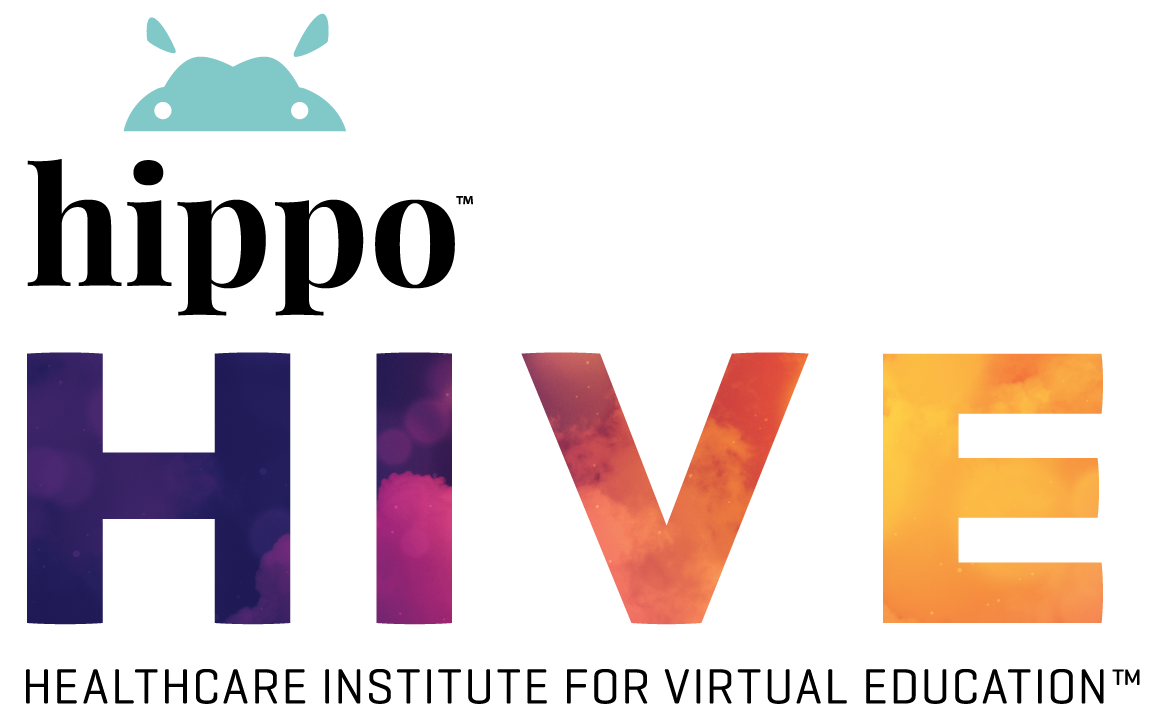Healthcare organizations moved with exponential speed to implement and scale their remote monitoring programs at the outset of the pandemic. Now, nearly two years into the crisis, the movement toward remote monitoring—which includes patients’ vitals as well as cardiac implantable devices—shows no signs of slowing down. By 2024, 30 million U.S. patients are expected to use remote monitoring devices, representing a nearly 30% increase from 2020.
Yet as remote monitoring momentum grows, many healthcare organizations are learning that creating an effective, scalable program is not easy. Most engage only about half of eligible patients. When patients do engage, providers struggle to keep them connected, find actionable insights in the data, and achieve optimal reimbursement.
The good news is that a small but growing number of healthcare organizations are overcoming these barriers and creating successful remote monitoring programs. Here’s what’s working for them, and how other healthcare organizations can apply the lessons learned.
Engaging and Retaining More Patients
As noted, more than half of eligible patients (55%) are not engaging with remote monitoring programs. This means patients are missing out on its key clinical benefits, including reduced risk of avoidable hospitalizations or readmissions. This also means providers are missing out on about half of the potential reimbursement from remote management services.
To increase patient engagement and retention, remote monitoring programs must prioritize critical service-oriented tasks, including:
- Identifying eligible patients and cultivating their interest
- Gathering insurance information and enrolling patients
- Setting up devices and immediately resolving broken connections
- Setting alert thresholds and continuously monitoring patients
These tasks are incredibly time- and resource-intensive, but done well, they can bring patient engagement in programs to 90% or higher. Take Montefiore Medical Center, for example. After partnering with a remote management expert that provided a dedicated service team, its eligible patient engagement rate jumped from 60% to 91%.
That result is not unique. Working with a remote management expert that prioritizes service typically doubles the average number of patients enrolled and engaged in remote monitoring programs.
Ensuring Timely and Actionable Insights
While service is fundamental to ensuring optimal patient engagement and retention in a remote monitoring program, augmenting it with an intelligent technology platform is also key. In fact, programs that fail to prioritize both service and technology are much more likely to underperform, particularly as they attempt to connect more patients and scale their programs.
That’s because an effective technology platform helps staff and physicians continuously and quickly assess all remotely monitored patients and identify any necessary interventions. At a minimum, the health system should use technology that stores information from all devices on a single, easily-accessible portal. And, to ensure faster interventions, the technology should provide alerts when a remotely monitored patient experiences a potential cardiac or other critical event.
The technology should also support more efficient reviews for staff members and physicians, for example, by automating image processing and automatically sifting through remotely acquired data to auto-populate reports and deliver targeted insights.
Improving Outcomes and Maximizing Reimbursement
Healthcare organizations that embrace an integrated service and technology approach are much more likely to create highly engaging and impactful remote monitoring programs. The positive impact on patient outcomes is clear. As noted, remote monitoring decreases avoidable hospitalizations and readmissions. Studies also indicate that it can decrease the risk of patient death by 50%, and reduce time to clinical decision by 18 days.
Remote monitoring programs that prioritize service and technology can also lead to higher revenue for healthcare organizations. The revenue-enhancing benefits include:
- Increased patient engagement, which leads to enhanced remote monitoring reimbursement
- Improved efficiency, which enables providers to spend more time addressing higher-acuity issues
- Higher quality care, which increases value-based reimbursement
While the value of remote monitoring is becoming more clear, it’s also becoming evident that not all programs are equally effective. Taking the time to employ the optimal mix of service and technology may be the difference between a scalable, successful program, and one in which too many patients are disconnected and disengaged.
Embracing A Much Broader Trend
Remote health monitoring is not the only healthcare initiative in which the need to embrace and prioritize both service and technology is growing increasingly apparent. In fact, physicians, administrators, and healthcare leaders are steadily recognizing that the traditional concept of software-as-a-service is outdated and ineffective. From EHRs to patient portals to remote monitoring technology, these initiatives must be surrounded by service in order to flourish and engage physicians and patients. It’s time to shift the language and the approach—from software-as-a-service to software and service.
